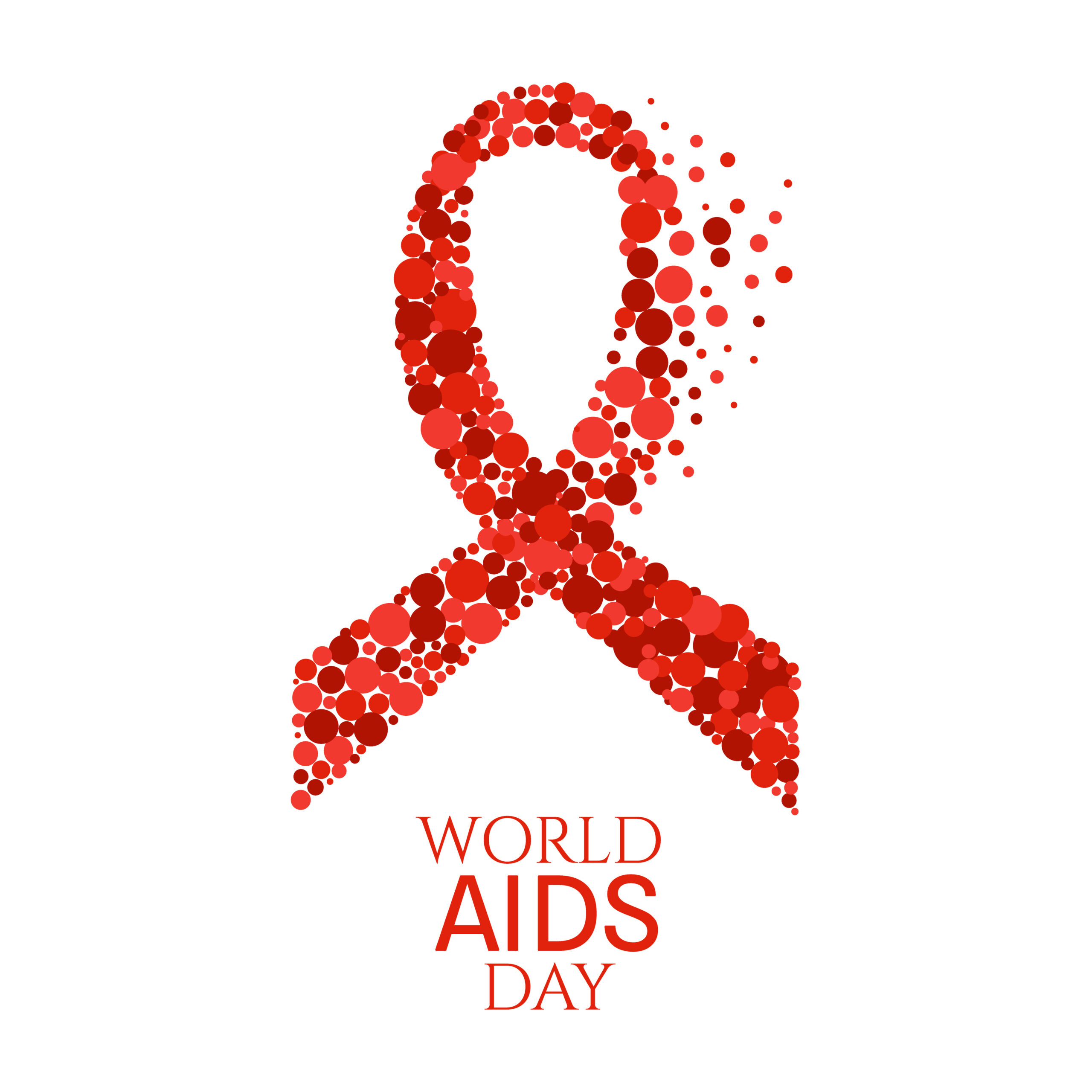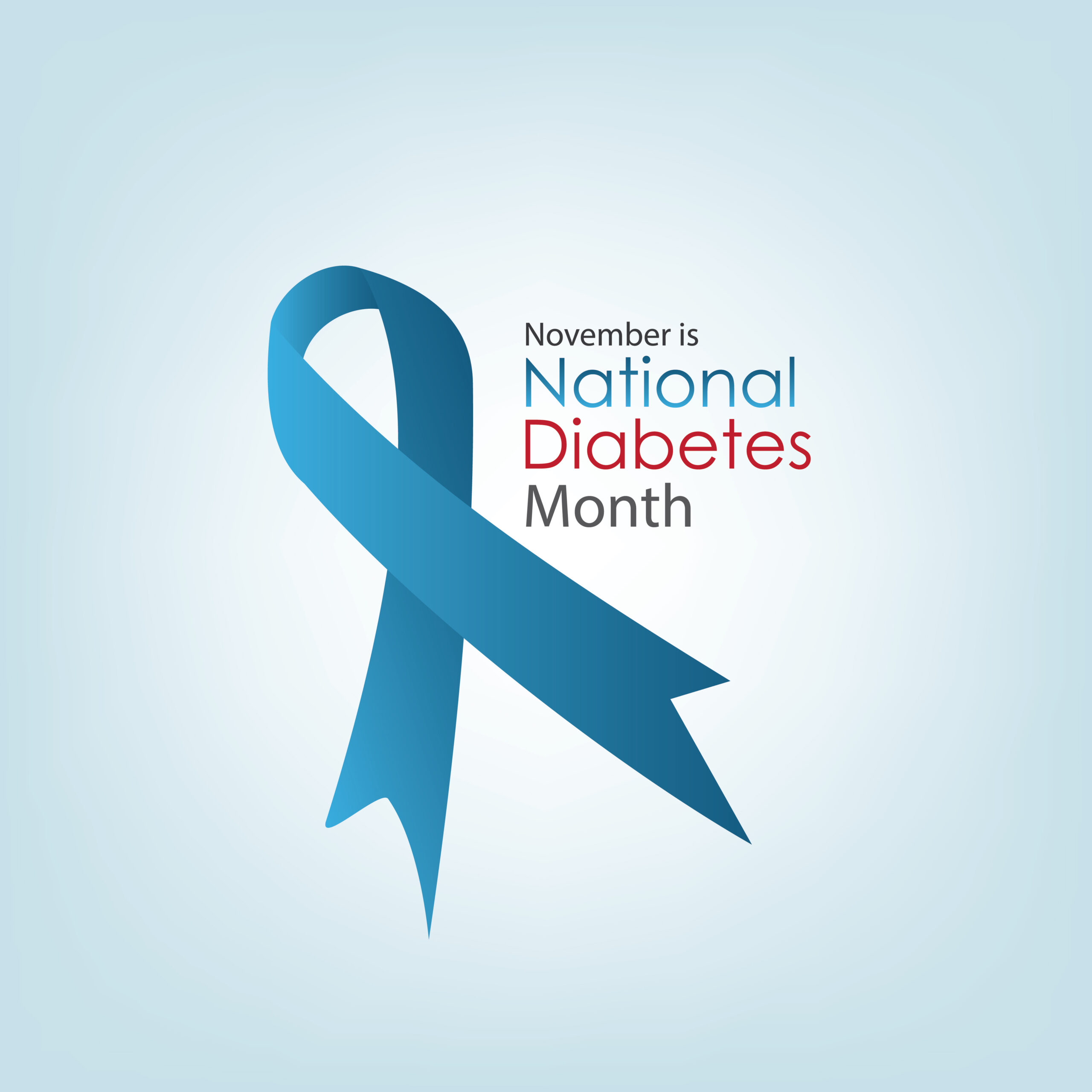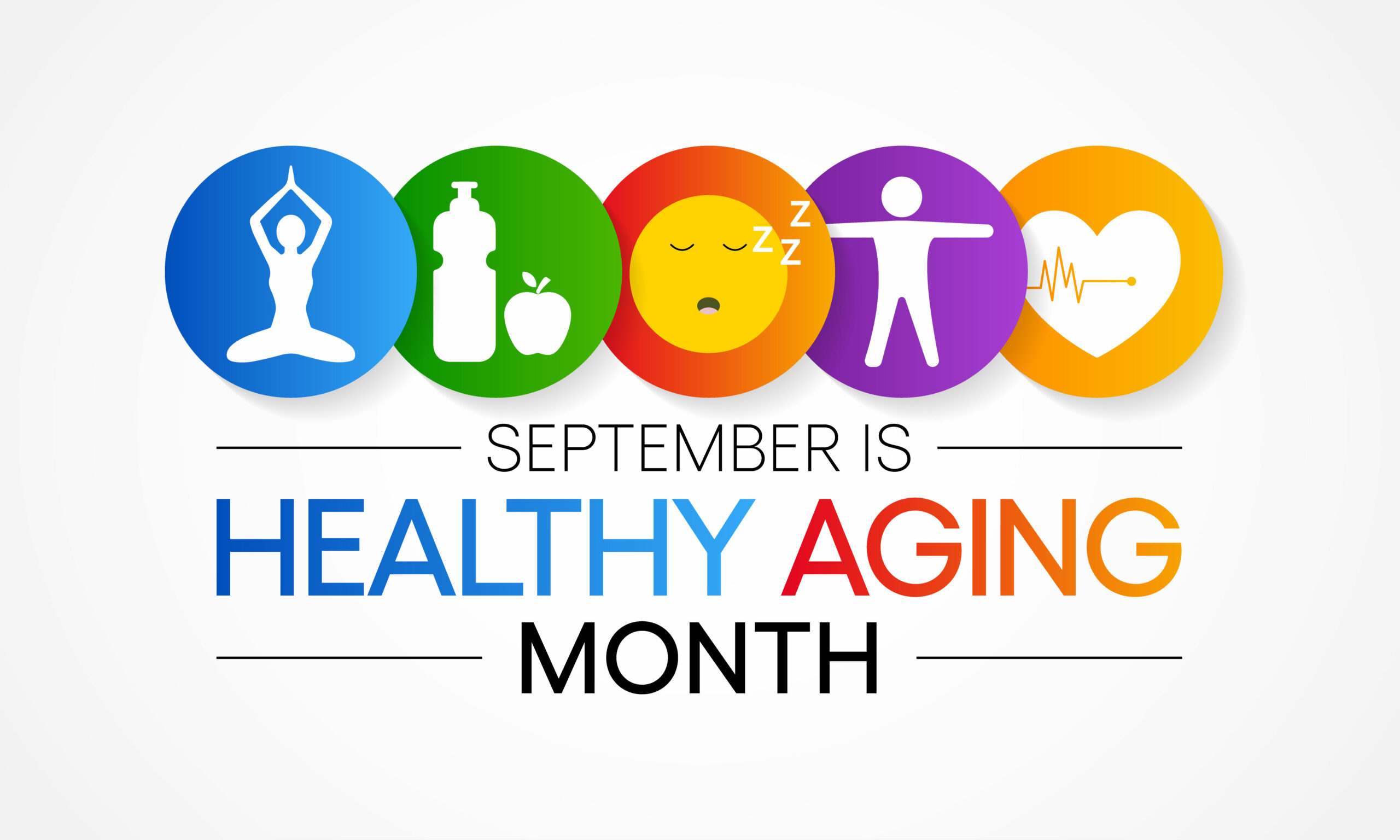
Each year, the beginning of December marks the important observance of World AIDS Day, and the entire month is dedicated to raising awareness and promoting testing and prevention of this disease’s transmission. The U.S. Department of Health & Human Services shares that over 35,000 new HIV infections are reported in the United States each year, with roughly 1.5 new cases globally.
This year’s theme is “Putting Ourselves to the Test: Achieving Equity to End HIV.” Over the forty years since the first reported AIDS cases were known, the world has seen progress in treatment and intervention, but more work needs to be done to stop HIV and the stigma surrounding it.
Education is Key
HIV, or human immunodeficiency virus, attacks the body’s immune system which can lead to AIDS, or acquired immunodeficiency syndrome, if not treated. No cure currently exists for HIV, but effective treatment can control its progression and allow patients to live long lives while protecting their partners.
The virus is spread through sex or sharing injection equipment, like syringes. Patients with HIV can show flu-like symptoms within 2-4 weeks of infection, but the only way to diagnose HIV is through testing.
HIV stigma, or attitudes or beliefs about those living with HIV, can lead to discrimination or unfair treatment. The Centers for Disease Control and Prevention, or the CDC, defines HIV stigma as “the prejudice that comes with labeling an individual as part of a group that is believed to be socially unacceptable.” Some believe that only certain groups of individuals can get or transmit HIV, while the disease can impact anyone – regardless of gender, race, age or sexual orientation.
“People living with HIV often internalize the stigma they experience and begin to develop a negative self-image,” according to the CDC. “They may fear they will be discriminated against or judged negatively if their HIV status is revealed.”
Education is key for practitioners to eliminate stigma surrounding this disease.
Next Steps
Imagine a health care professional who makes a moral judgment against a patient who is HIV positive and refuses to provide services. And, imagine the fear some patients may feel if they’ve been discriminated against – are they likely to seek care if providers have negative beliefs about their condition?
The CDC has a Let’s Stop HIV Together campaign and provides this helpful digital toolkit for clinicians that includes best practices for communicating about HIV screening, treatment and prevention. Also, through the Equality Healthcare Consulting Group, practitioners and organizations can receive training to challenge misinformation, racism, homophobia and transphobia while recognizing unconscious bias.
“We must continue to destigmatize this deadly disease and provide equitable access to HIV testing, shared Xavier Becerra, Secretary of the U.S. Department of Health & Human Services. “All around the world, this is a day to unite by voicing experiences, remembering people we lost, and standing together in the fight against HIV.”
Sources
Centers for Disease Control and Prevention. (2022, June 3). About HIV. Retrieved from https://www.cdc.gov/hiv/basics/index.html
Centers for Disease Control and Prevention. (2022, Mar. 10). Digital Toolkit for Clinicians. Retrieved from https://www.cdc.gov/stophivtogether/partnerships/toolkit/august-2021-toolkit.html
Centers for Disease Control and Prevention. (2022, June 1). HIV Stigma and Discrimination. Retrieved from https://www.cdc.gov/hiv/basics/hiv-stigma/index.html
Centers for Disease Control and Prevention. (2022, Nov. 2). World AIDS Day – December 1. Retrieved from https://www.cdc.gov/hiv/library/awareness/wad.html
U.S. Department of Health & Human Services. (2022, Dec. 1). Statement from HHS Secretary Xavier Becerra on World AIDS Day. Retrieved from https://www.hhs.gov/about/news/2022/12/01/statement-from-hhs-secretary-xavier-becerra-on-world-aids-day.html



